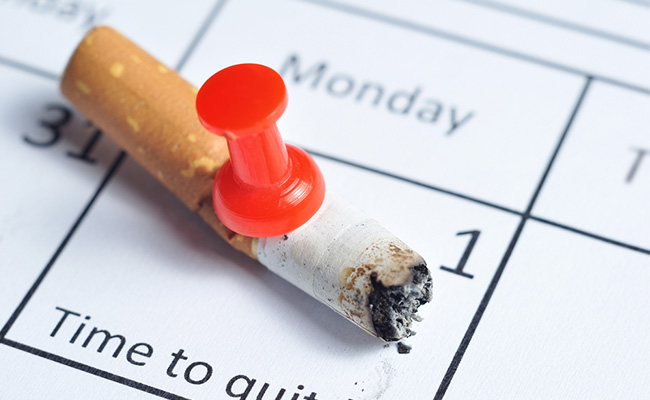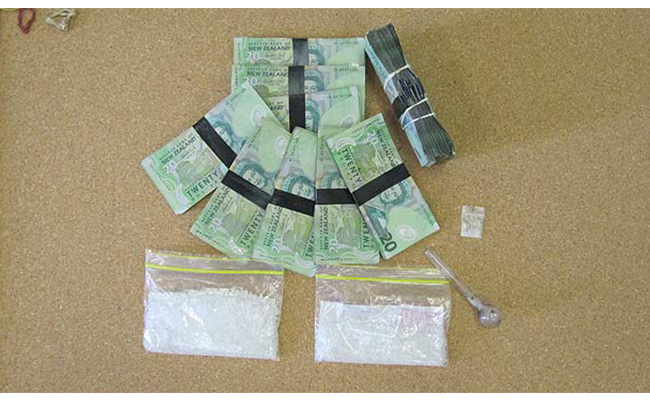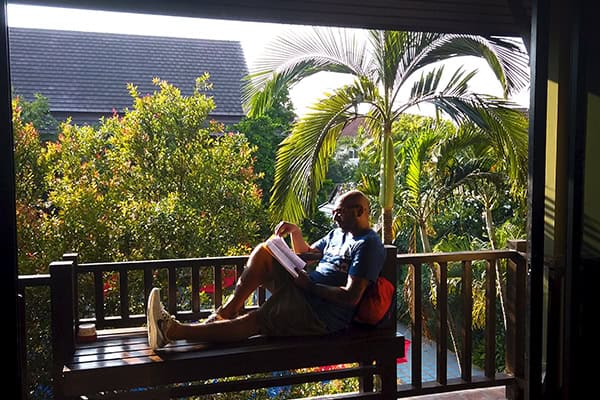Marijuana, weed, Mary Jane, grass, pot, dope, herb, joint, blunt, and stinkweed are just a few of the terms used to discuss marijuana and the use of it. Marijuana is probably one of the most commonly tried and used drugs in the world. Some places have legalized the use of marijuana for medicinal and recreational purposes if someone is of age or has a prescription. Many people do not consider pot to be addictive. But for those who start using in their teens, a quarter to a half become addicted and continue to use on the daily basis. In fact those who use long term often have withdrawal symptoms when they do try to stop. These specific symptoms will be described in a bit.
Marijuana is a commonly abused drug, but it is most prevalent in the teenage population. Pot has the ability to disrupt lives and families in ways that are often unexpected. Teens often struggle with motivation, memory, schoolwork, and beginning careers due to overuse of weed. In addition, physical symptoms such as heart and lung damage can occur. Teens who are smoking weed have a higher rate of depression and anxiety which is often why pot was tried in the first place. Smoking often can also trigger psychotic episodes. As marijuana impairs learning, judgment, and memory, teens are especially vulnerable as their brains are still developing. Pot use disrupts normal development of white matter that brain cells need to communicate and make it difficult for the user to use reasoning skills. New research also suggests that marijuana use can change the working memory part of the brain and make it difficult to recall basic information such as phone numbers or addressed. While most teens are likely to try pot at least once in their adolescent years if it becomes habit than help will be needed.
If you suspect someone is addicted to marijuana then look for the signs. The most obvious, if pot is smoked is the distinctive smell that will be present. Ask whether the person’s motivation, memory, or ability to concentrate has lowered. Try to determine whether they have lost interest in hobbies or other activities they used to enjoy or had a noticeable change in behavior. Ask the person if they feel their quality of life has changed for the worse. Once someone has admitted an addiction then treatment can become effective.
Some people may be able to quit using with outpatient counseling. This will involve looking at the reasons that pot was being used and finding ways to change that behavior for the better. Life skills on how to appropriately cope with problems, cravings, and new ways of thinking may also be taught. Some people will require inpatient treatment in order to take the enticement of using away for a time. This can be a beneficial change of environment until the user is ready to face ‘real life’ without the use of pot. If you or someone you know is addicted to marijuana, know you are not alone and help is available. Do not be afraid to ask for that help.
CLICK HERE to get a Free Confidential Addiction Rehabilitation Assessment.














